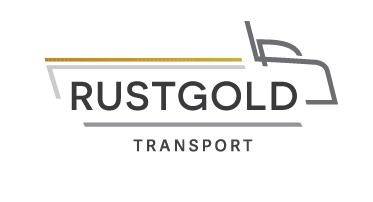Company tax in South Africa
If you are self-employed or a business owner, you have to pay company tax in South Africa. How much business tax you pay and what deductions you can claim will depend on the size and type of your business.
What is company tax?
Company tax (also called, “corporate income tax”) is what keeps our economy functional. There exists different business categories, who all have to go through registration procedures and have to pay tax. Tax is a rather complicated matter, which is why a lot of people choose to rather pass it on to professional business accountants.
Who needs to pay company tax?
All registered businesses in South Africa have to pay company tax on their worldwide income to SARS. Companies based outside of South Africa, but operating in South Africa, must pay tax on income derived from within South Africa only. The type of companies that have to pay company tax in South Africa include:
- listed and unlisted public companies
- private companies
- close corporations
- co-operatives
- collective investment schemes
- small business corporations
- share block companies
- body corporates
- public benefit companies
- dormant companies
What steps must be taken?
- Register as a taxpayer. Every business liable to tax under the Income Tax Act, 1962, must register with SARS as a taxpayer. You can register once for all different tax types, using the client information system.
- Submit annual tax return. Every registered taxpayer must submit a return of income twelve months after the end of the financial year. Returns can be submitted electronically or manually via SARS.
- Submit provisional tax returns. Every company must submit provisional tax returns. Your first provisional tax return must be submitted six months from the start of the year, and the second at year-end, and must contain an estimate of the total taxable income earned or to be earned for that period. Payment of the tax must accompany the return. A third “top-up” payment may be made six months after year-end.
This article is a general information sheet and should not be used or relied on as legal or other professional advice. No liability can be accepted for any errors or omissions nor for any loss or damage arising from reliance upon any information herein. Always contact your financial adviser for specific and detailed advice. Errors and omissions excepted (E&OE)

